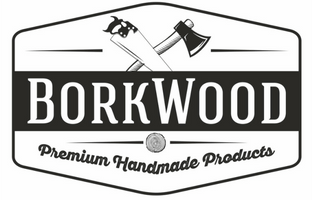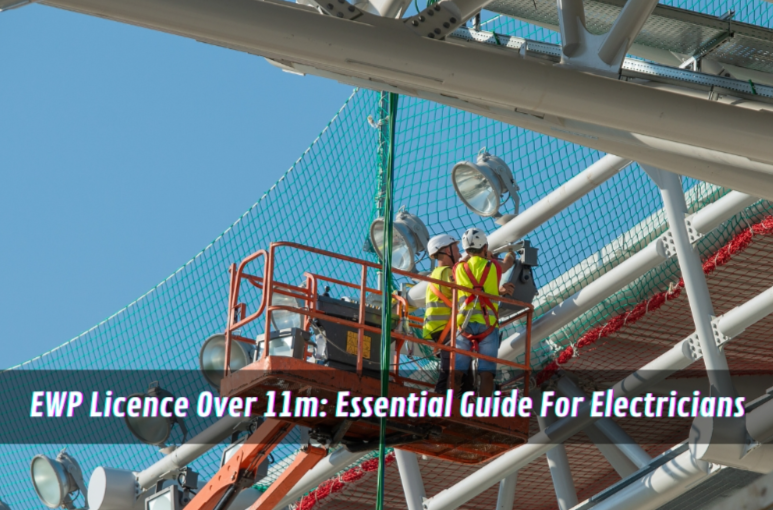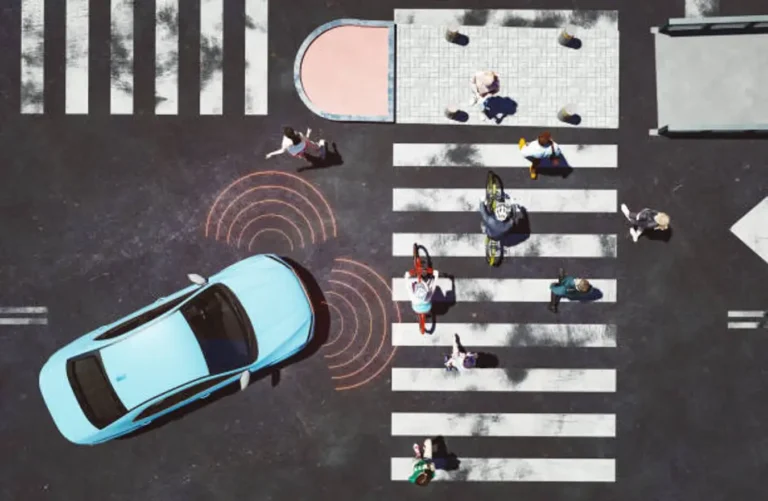EWP Licence Over 11m: Essential Guide For Electricians
Imagine this: You are an electrician working at Penrith. It’s a hot January day—the type where the bitumen shimmers, and you can fry an egg on the back of your ute. You are going to install high-voltage cabling on a new commercial development. The kicker? The work has to be done at a height of well over 11 meters. And suddenly, qualifications like an NSW EWP licence over 11m become the order of the day. This is the essential reason why electricians must possess the correct Elevated Work Platform licence, especially when working with such machinery at that height. This guide explains everything you need to know to get an EWP licence so you can approach such challenging jobs safely and legally.
EWP licence over 11m: Demystified for electricians
Working at height is a different kind of challenge, and with live electrical equipment, electricians have to deal with an added layer of complexity. That is why there is a special license for EWPs over 11 meters. It is not just a paper document; it’s proof that you have the skills and knowledge to operate these machines safely and efficiently. This section breaks down the key aspects of this specialised license.
- What is an EWP? An EWP is another word for a cherry picker, scissor lift, or boom lift. An EWP is defined as a “mechanical device which is used to provide temporary access for persons or materials to difficult locations, often at height.”
- Why the 11-metre difference? Working at heights greater than 11 metres introduces further aspects of complexity and danger, such as increased wind forces, significantly increased fall risk, and increased machine operating difficulty. Therefore, it is classified as special training and licensure.
- Who requires this licence? Any electrician (or employee in any other trade) who operates an EWP with a boom length greater than 11m in NSW will need this license.
Further research is highly recommended for those who wish to understand exactly what is required to obtain an NSW EWP licence over 11m.
Essential guide to acquiring an EWP licence
Obtaining a permit for EWPs requires a step-wise procedure. In this regard, the following rundown on the significant steps are summarised below:
- Complete the prescribed training: You shall undergo training with a SafeWork NSW-approved RTO. This training covers various aspects, including:
- Pre-Use inspection and testing.
- Safe Working Procedures.
- Hazards and Risk Assessment.
- Emergency Procedures.
- Applicable Legislation and Australian Standards.
- Assessment: You will be theoretically and practically assessed at the end of the training on your competency.
- Apply for your licence: After you have completed your assessment, you can then apply for your High-Risk Work Licence through SafeWork NSW.
Step-by-step instructions for obtaining your EWP licence
Let’s break down the process into more concrete steps:
- Find a reputable RTO: Research and choose an RTO with a proven track record in EWP training. Check online reviews and compare course offerings.
- Enrol in the course: Attend the RTO and enrol in the EWP training course for boom lifts over 11 meters.
- Attend the course: Attend the sessions actively and clarify all the things required.
- Pass the test: Show your skills and knowledge in the theoretical and practical tests.
- Apply for your licence online or in person: Submit your application, including the required documentation and fees.
- Receive your licence: Once your application is approved, you’ll receive your High-Risk Work Licence in the mail.
Understanding EWP safety regulations for electricians
For electricians, working with EWPs brings specific work safety considerations into play. Here are some crucial aspects:
- Electrical hazards: Maintaining safe distances from power lines and ensuring proper insulation are paramount.
- Working near live circuits: Strict adherence to lockout/tagout procedures is essential to prevent electrical accidents.
- Pre-work checks: The EWP and work area should be carefully inspected to detect any hazards and ensure safe work practices.
- Weather conditions: Wind, rain, or extreme temperatures significantly affect the function of EWP, and they should be given special attention.
Benefits of an EWP licence for electricians
Electricians who have EWP have many advantages. Notably, there are machines beyond 11 metres.
- More job opportunities: Electrical work is usually done at heights; hence, this license is very precious.
- More money: Those electricians who specialise in a particular skill or qualification earn more money.
- More safety: Once trained, there is a minimal chance of accidents and injuries in the workplace.
- Legal compliance: Operating an EWP without a license is illegal, and enormous fines are incurred in such cases.
Conclusion
The construction environment is quite demanding, but in such burgeoning regions, the requirement for electricians to work at a high level is increasingly developing. Whenever more infrastructure development takes place, with new buildings becoming commercial sites, the need arises for proper safe access solutions that save time as well. Getting an EWP licence for over 11 metres, therefore, is not just about checking a box but an investment into your career, your safety, and the safety of those working with you. It allows electricians to take on more complex projects and expand their skill set, thus contributing to the ongoing development of our communities. With knowledge of processes and adherence to safety regulations, electricians would feel confident in operating these juggernauts so that the lights will stay on and the power keeps flowing.







